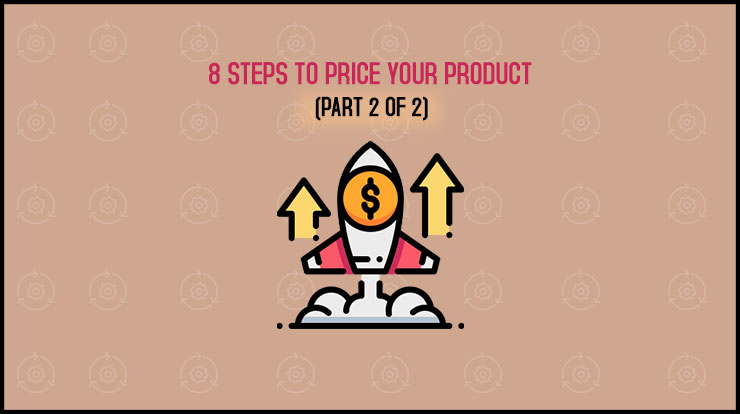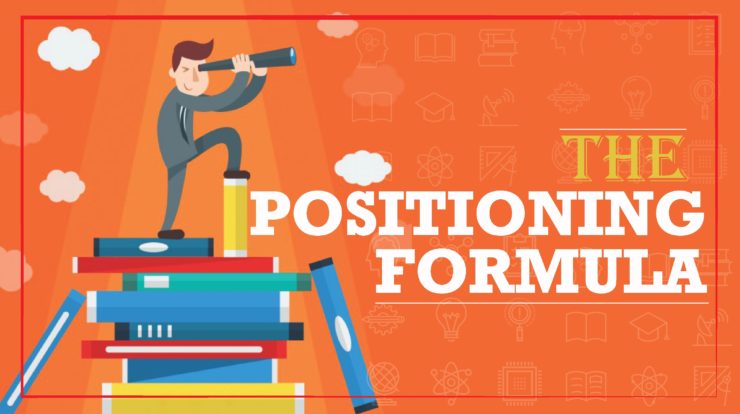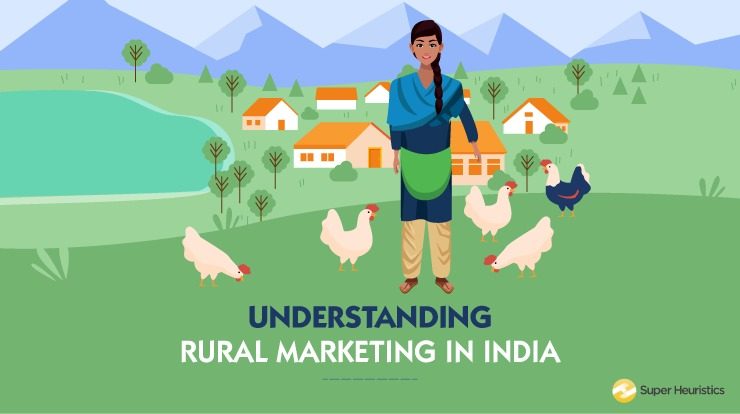
In a period of less than three years, Reliance Jio completely changed and disrupted the telecom industry. And today it proudly claims the top spot in terms of users. How was Reliance Jio able to achieve this position and outpace the existing telecom giants like Airtel, Idea and Vodafone? It was because Reliance Jio, was able to build fresh competitive advantage.
In this article I will show you how you can build your own competitive advantage through Competitive Landscaping and generate insights you need to rule your industry.
Importance of Competitive Landscaping and Competitive Landscape Analysis
Competitive Landscaping and a well done Competitive Landscape Analysis provides meaningful insights by identifying and examining your competitor’s product, service, marketing strategy, market performance etc. You can use these insights to improve your product positioning in the market under study.
With the help of an effective Competitive Landscape Analysis Framework you would be able to:
- Identify new advantages that your competitor has not yet explored and create a new positioning for your product in the market
- Locate unoccupied or less competitive spaces in the market and create demand for your product/service
- Know how much costumers are willing to pay for your product/service under study and develop your pricing strategies as needed
- Understand both, the key benefits that the consumer is looking for in a product and also the value of intangible benefits for a consumer
- Gauge sensitivity of consumer’s priorities. In a hyper-competitive market, it is no surprise that benefits that a consumer desires may change
Let’s for a moment, go back to the pre-Jio era and picture the telecom market. Those days separate plans for talk-time, SMS and data packs were commonplace and also expensive. Take a look at the Airtel plans in July 2016 (Pre-Jio) vs. July 2017(Post-Jio).

When | Price | Service | Validity |
|---|---|---|---|
July 2016 | ₹ 655 | 3 GB data | 1 month |
July 2017 | ₹ 549 | 2.5 GB Data + Unlimited Local +STD calls + SMS | 1 month |
Why did Airtel and similarly other telecom operators change their plans all of a sudden? It was because Jio disrupted the telecom market with its launch in September 2016.
Jio was offering cheaper packs that combined unlimited calling, data and SMS services along with free video and music streaming apps. This led to users shifting to Jio subscriptions.
As they were rapidly losing their subscription base Airtel, Idea, Vodafone, BSNL and others were forced to reduce their prices, offer more services, create new competitive advantages and depreciate old ones.
With the help of an effective Competitive Landscape Analysis Framework, managers at Reliance Jio were able to identify new competitive advantage- Cheap subscription plans. And so can you. All you need to do is perform a Competitive Landscape Analysis.
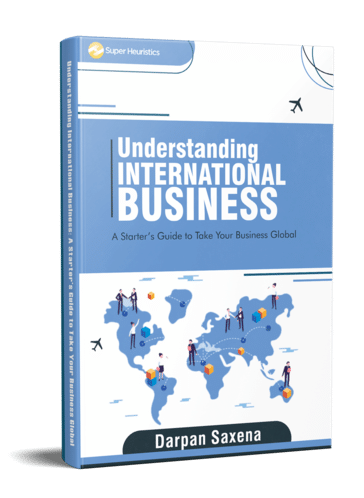
Do you want to understand International Business strategy?
This comprehensive Starter's Guide to International Business will give you an in-depth idea of what factors to consider when going global. Free templates inside to decide the mode of entry and make a marketing plan!
All about Competitive Landscape Analysis Framework
In order to help you understand how you can go about doing some great work with Competitive Analysis, here is a step-by-step Competitive Landscape Analysis Framework for you. This framework encourages you to utilize the power of analytics to develop a positioning map as well.
Here is the Competitive Landscape Analysis Framework:
1. Identifying and defining your market
Identifying and defining your market for study in terms of customer need, market boundaries and target segment is the first step in Competitive Landscaping.
Now, this might sound obvious and hardly something that should be listed out.
However, getting confused about the market you are in can often lead to a futile effort while analyzing. Therefore, decide what is your target market, target consumers and your product.
2. Identify both direct and indirect competitors for your product
This will help you to avoid being blindsided by fresh entrants and alternatives to your product. Also, do not fall in the trap of only analyzing competitors of a similar size to your company. Consider the concept of relativity as pointed out by Dan Ariely in his book Predictably Irrational:
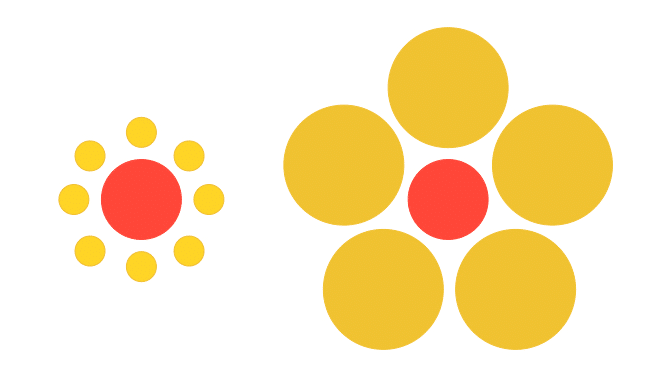
The red circle on the left may look bigger than the right one. The impression is formed because of the smaller circles around the red circle making it seem bigger, whereas, in reality both the circles are essentially of the same size.
Therefore, including smaller players will help you form a comprehensive and a balanced view of your competitive landscape. As now you will be considering the large players and small players both having their own set of strengths and weaknesses.
Thus, you will arrive at better insights and strategies.
3. Make a list of product features/benefits offered by your competitor
Make a list of product features/benefits offered by your competitor for the product that you are conducting the study for. You can select all or most relevant competitors from the list you created above.
For this purpose you can create a comprehensive competitive analysis table. An example of such a table is shown below in Competitive Landscape Analysis Framework:
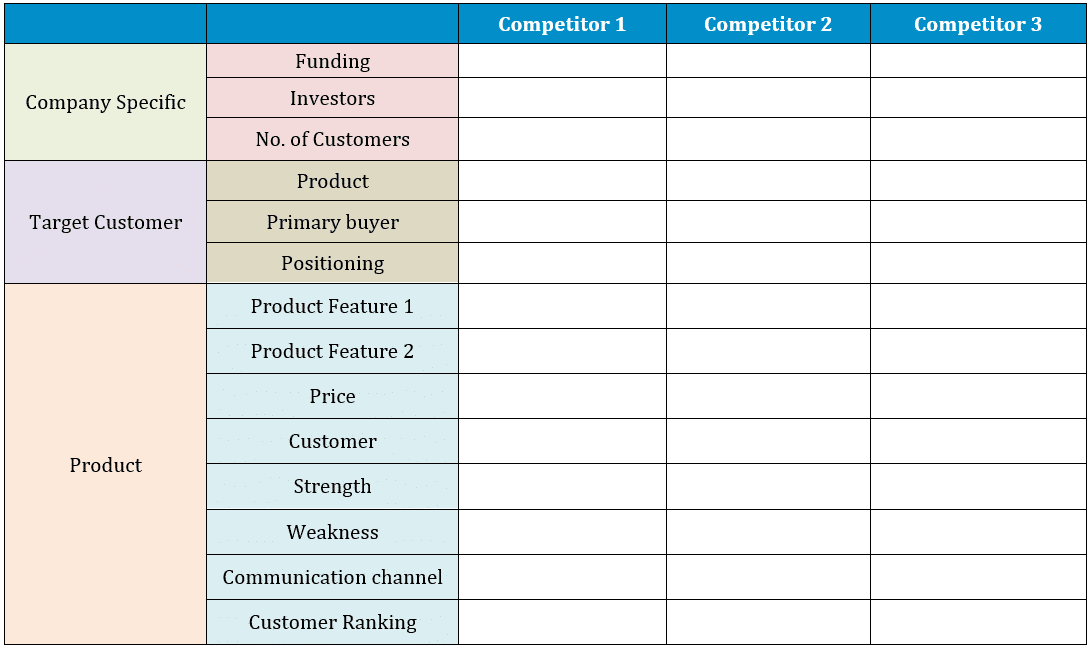
4. Gather data on how consumers perceive the product
Now, gather data on how consumers perceive the product under study with respect to your competitors. How much value does the customer give to each benefit or feature of the product?
The success of a strategy depends on the value that customers place on feature. Therefore, use unbiased data for your research.
What do you do with this data is elaborated in the next few steps.
5. Identify your dependent and independent variables
From your market research conducted above, identify your dependent and independent variables. Most often you would use the price and primary benefit/feature relationship. However, there can be numerous variables under study and you should create different maps for each category.
You can also create an index base if you wish to study numerous benefits together.
For example in the Hotel Industry Market Research - Décor, taste of food, service, lighting can be combined into 1 variable – Customer Experience.
Through this you would be able to combine multiple related - variables into 1 or 2 variables. This is usually done by assigning different weights or ranking the variables on a scale of say, 1-5 with 1 being the lowest ranked and 5 the highest.
Using the scores, standard intervals are defined that are homogeneous in nature and serve as Index.
6. Perform Regression Analysis
Perform Regression Analysis to examine the relation between variables selected by you
If we were to take the Competitive Landscape Example of Reliance Jio then the following could be a set of dependent and independent variables.
- Dependent variable - price, and
- Independent variable - video calling feature
The regression on these two variables would help to identify how much customers are willing to pay for the video calling feature (maybe call-time, bandwidth etc.) based on their preference for this feature.
Let us consider another Competitive Landscape example - the Coffee Industry.
Study relation between price and personalized experience in coffee houses. How much are customers willing to pay for a personalized experience? (Name writing, personalized latte art etc.)
Study the relation between coffee and perceived productivity.
Do customers feel that coffee increases their productivity?
This could help in making positioning strategies, design strategies etc.
7. Find features with highest Regressive Coefficient
Features with the highest Regressive Coefficient (r^2) takes precedence over other features.
Continuing with the examples illustrated above: Higher value of r^2 accounts for why you should charge higher price for video calling feature, employ personalized experiences in your coffee shop, design work station and environment in your coffee house.
But is Regression Analysis compulsory to perform during competitive Landscape Analysis?
No, it not compulsory but it is highly suggested as results obtained by Regression Analysis are more accurate and reliable and can be used to adjust and justify your marketing strategies, pricing, positioning and outflank your competitors.
More on regression analysis here:
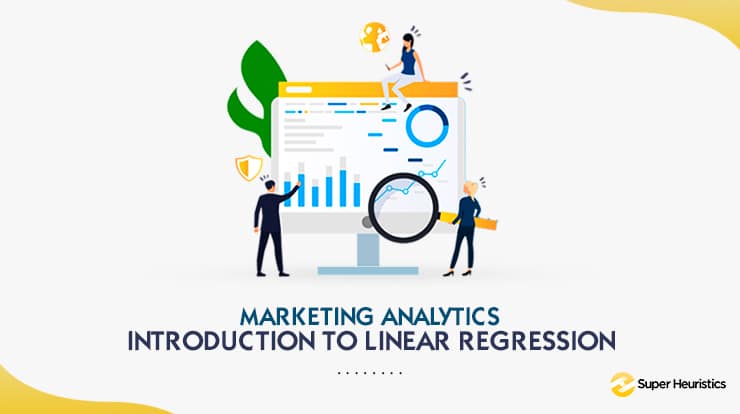
Linear Regression for Marketing Analytics [Hands-on]
I present to you a step-by-step guide for performing Linear Regression for Marketing Analytics
8. Continue to plot your positioning map
Continue to plot your positioning map once you have derived your product’s important feature (feature with high r^2 value) with respect to a dependable variable.
Plot the position of every company’s product in the marketplace on the scatter graph. And draw the best fit line in the scatter graph. This is the line that would help to position your product in the Competitive Landscape Framework.
Competitive Landscape Example - Mapping Cell Phone Market (June 2007 Case Study)
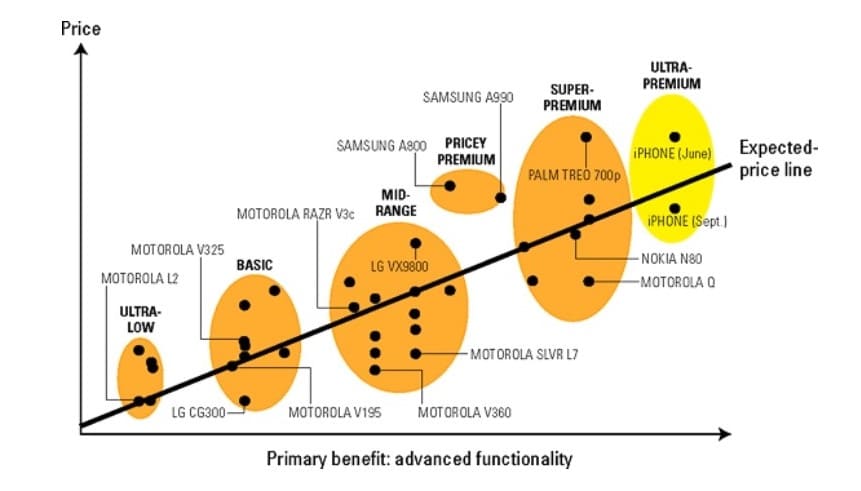
Source: HBR – Case Study
The Map shows how different company have positioned themselves with respect to Price and Advanced functionality. The expected price line is a line that shows how much customers expect to pay on average on different levels of advanced functionality.
9. Interpret your Positioning Map
The next step in Competitive Landscaping is to interpret your Positioning Map. This step makes all the difference regarding your products success in the competitive market.
Continuing with the above Competitive Landscape example of Price vs. Advanced Functionality in Cell Phone Market, it can be seen in the image, Motorola has played safe by spreading into different levels.
While before June 2007, there were no products in the ultra premium zone. This zone was created by Apple when it first launched its iPhone in June 2007. And, iPhone also played a safe game by launching two products at different prices while offering the same advanced functionality in both its models.
This helped to attract customer from lower price segment. Thus, a new competitive advantage was recognized by Apple and that is what made the entire difference in its success.
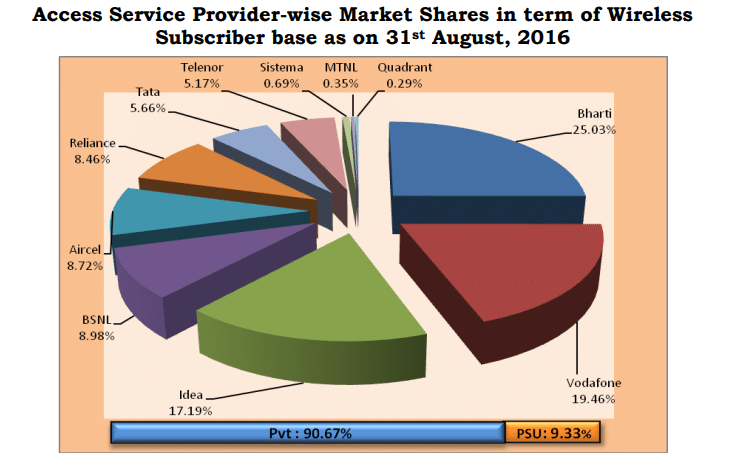
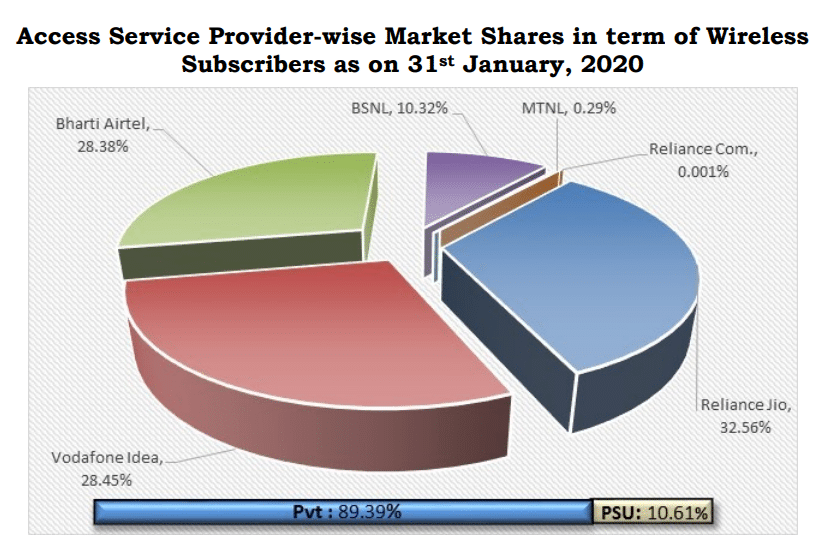
Source: trai.gov.in
From our earlier Competitive Landscape example of Jio’s disruption in Indian Telecom Sector: The images below clearly reflect the success of Reliance Jio’s disruptive positioning in 2016 and its continuing benefit even 3 years after.
Conclusion
By following the steps outlined in this article, you can effectively conduct a Competitive Landscape Analysis and create new avenues for your company and products. The Competitive Landscaping is not about solely focusing on your competitor but identifying and understanding Customers and new opportunities for yourself.
In this article, my effort was to share with you an approach through the use of analytics to develop your positioning map and understand your competitive landscape. I would urge you to share in the comments what industry or market are you looking at to implement this.
Author of this post


Amandeep is devout student and learner of Marketing Trends and Business Strategies. Aman is an MBA in Marketing from the 2015-17 batch. She has spent the better part of her education and subsequent work experience, in gauging, learning and honing the skills that are important for the businesses to remain relevant among competition. To that end, this blog encapsulates the best business and marketing practices for professionals.
Amandeep Kaur Jakhar


